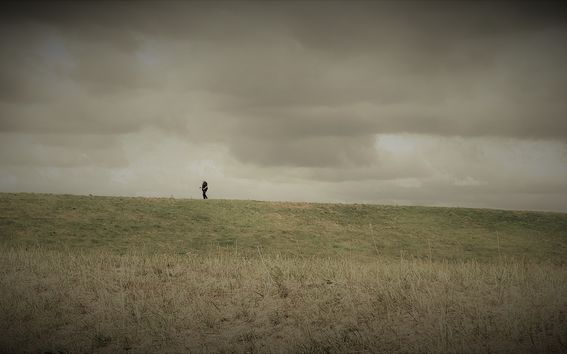
Educating meaning-makers through silence
In the future, at work, machines will be doing much of the collecting, sorting, and reporting of what is happening around us. Our task will be to give those outputs meaning in relation to our own lives. At Aalto University, we are educating people to be able to make meaning of what is occurring and based on that, to create a healthy future for themselves and others. To do this, one of the most valuable pedagogical tools at our disposal is silence.
I feel that teacher training favours talking – talking to students, students talking in groups, in pairs, and chat streams before, during and after lectures. All of these are seen as signs of active participation and learning. Silence, on the other hand, is often considered to be a sign of disinterest, a lack of participation and engagement. But perhaps this is not always the case.
What is silence?
We utilise silence many times during interactions with one another, in the classroom or workshop context. In becoming competent in our field and starting to teach, we had to be silent and read. We had to think, to process, to give meaning and structure to our thoughts. In planning lectures, talks, workshops, we are stopping for a moment to consider what the outcomes should be – in silent contemplation of the receiver – albeit momentarily.
When we finally get to the moment of delivery, standing before a group, silence is needed. It is needed so that they can build meaning(s) for themselves, and by extension, understand themselves in relation to the world around them. The same is true for the teacher, lecturer, facilitator.
Types of silence in the classroom
Less talk
Reading the work of Ros Ollin (2008), I was surprised by the different modes of silence available to us, in the classroom. Of course, we are all familiar with the use of pauses in our speaking. I may ask something provocative such as, “How could we solve the needs of those going hungry in Finland?” and then pause for 4-6 seconds, to give people time to think for themselves. Perhaps I look around the room, raise my eyebrows and shrug – communicating non-verbally that I do not know and others are free to comment. The images that I use, if I am using an overhead projector, can speak for themselves without accompanying text – and without my voice. These are obvious uses of verbal silence, and they help students think without interruption.
Silent space
Many of my workshops include me invading others’ personal space. As I teach embodied communication – public speaking with an awareness of one’s own body – it goes with the territory. However, I need to give people physical space to learn, to digest ideas, and to change their physical perspectives so that they can adjust their intellectual perspectives.
Silent time
Many of us have read (or started reading but didn’t finish) Daniel Kahneman’s “Thinking, fast and slow”. As he makes clear, we do need time to think slowly. Many workshops that I have been in have favoured discussion, teamwork, sticky notes and flipcharts, and constant sharing. What both Kahneman and Ollin point out in some way, is that we (and our students) need time to move from immediate, reactionary experience to deeper, meaning-making understanding. Ollin adds the element of time to develop self-awareness, and this is a great gift to offer to others.
Future silences
We need to consider silence in our planning. These three questions might help us make time and space for ourselves and our students to think deeply, slowly – and perhaps learn.
- What is the balance of time spent on productive talking versus productive silence in this course/ workshop?
- How can I create more silence in my own speaking and presenting, to give room for others to think for themselves?
- How can I create silent space and time, through interactions and the environment of my class/ session?
And a bonus question:
- When should I discuss silence with the participants of my next session?
We have a responsibility to give our students a few opportunities to experience silence so that they can develop self-awareness and give meaning to their experiences and learning.
References:
Kahneman, D. (2011). Thinking, fast and slow. Macmillan.
Ollin, R. (2008). Silent pedagogy and rethinking classroom practice: Structuring teaching through silence rather than talk. Cambridge Journal of Education, 38(2), 265-280.
Author:
Paul Savage is a researcher at Design Factory, with an interest in entrepreneurship, innovation, and fictions. His focus is on narratives surrounding opportunities and organizations. Much of his teaching is related to communication skills and public speaking.
Read more news

HRH Princess Maha Chakri Sirindhorn of Thailand visited Aalto University
During the visit, HRH and her delegation met with Aalto students and explored various activities.
Campus for people, plants and pollinators
The Otaniemi campus nature is managed with respect to biodiversity and the characteristic species of habitats.
Online AI course could boost study equality
Students at the School of Business believe that mastering Artificial Intelligence (AI) can be beneficial for both academic success and career prospects, as AI becomes increasingly integrated into daily life.